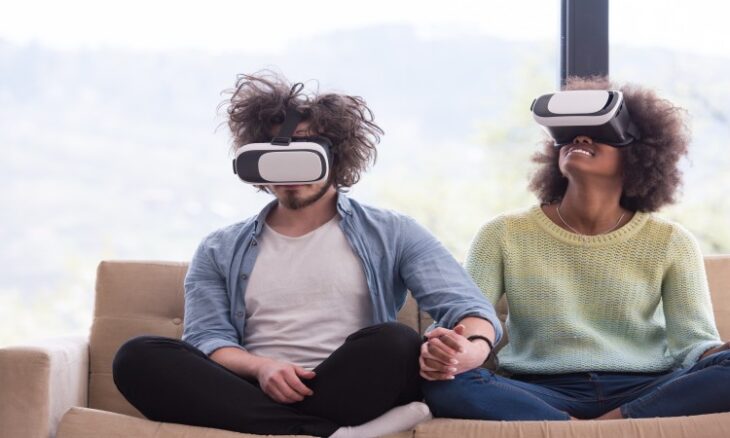AI and VR redefine the world of modern dating
Technology continues to transform personal relationships, and dating is increasingly shaped by Artificial Intelligence and Virtual Reality. What was once imagined only in futuristic fiction is now part of everyday life, changing the way individuals connect, interact and form romantic bonds. AI-powered companions and virtual experiences are redefining intimacy, creating opportunities and dilemmas that society has never faced before.
Artificial Intelligence has advanced well beyond its early chatbot beginnings. Modern AI systems are capable of learning from conversations, adapting to personal preferences, and providing emotional support that feels tailored to the user. For many, these digital companions create a sense of closeness without the complications that often accompany human interaction. They are seen as a safe outlet for companionship, offering a non-judgmental space where people can express themselves freely. In societies facing challenges of isolation, such as Japan, AI partners have become especially popular, helping individuals overcome loneliness, anxiety, and the pressures of modern life.
At the same time, Virtual Reality is adding a new dimension to dating by recreating presence in digital form. Through headsets, couples can meet in imagined settings, whether a candlelit Parisian restaurant, a serene beach under the stars, or a dazzling display of the Northern Lights. These virtual experiences allow long-distance partners to share moments that would otherwise be impossible, reinforcing a sense of togetherness even when separated by borders. During the pandemic, this form of connection surged in popularity, and now it is evolving into a mainstream tool for maintaining and deepening romantic bonds.
The convergence of AI and VR represents perhaps the most radical transformation. When these technologies combine, the possibility of interacting with an AI-powered partner in a simulated world becomes real. Within such environments, digital companions can display lifelike gestures, expressions, and conversational fluency. This fusion offers not only emotional depth but also experiential immersion, where companionship is enhanced by shared adventures. Dating platforms are beginning to explore these integrations, moving away from simple messaging interfaces towards immersive activities. In future, couples might first test their compatibility while hiking in a virtual landscape or collaborating in a simulated cooking class before deciding to meet in person.
Despite its promise, the expansion of AI and VR into romance raises questions. Can simulated affection be equated with love? What consequences might follow if individuals prefer the digital realm to human interaction? How should society respond to an increasing reliance on artificial companionship? The ethical implications are complex, with experts suggesting that balance will be vital. Technology can enrich lives and create new possibilities, but it must not displace the authenticity of human relationships. Maintaining perspective on what is digital and what is real will become increasingly important as these technologies continue to grow.
For some, AI and VR will provide comfort in loneliness, while for others, they will act as tools to strengthen long-distance relationships or experiment with imaginative date formats. The meaning of dating is expanding beyond traditional gestures and places into spaces of algorithms, codes, and virtual landscapes. Love in the digital age is being reshaped, not only by emotions but also by the technologies that now frame them.









